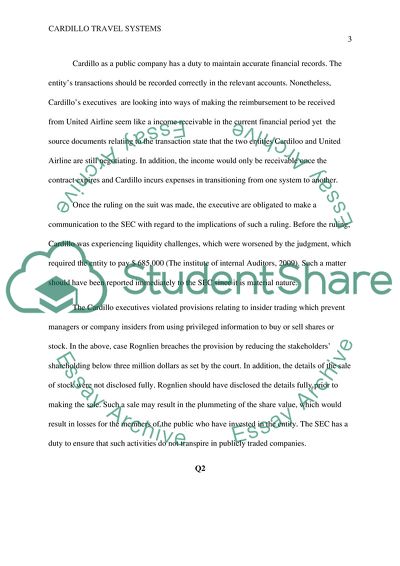Auditing - Cardillo Travel Systems Research Paper. https://studentshare.org/finance-accounting/1836410-auditing-cardillo-travel-systems
Auditing - Cardillo Travel Systems Research Paper. https://studentshare.org/finance-accounting/1836410-auditing-cardillo-travel-systems.


